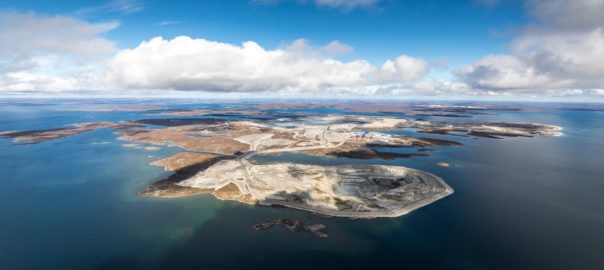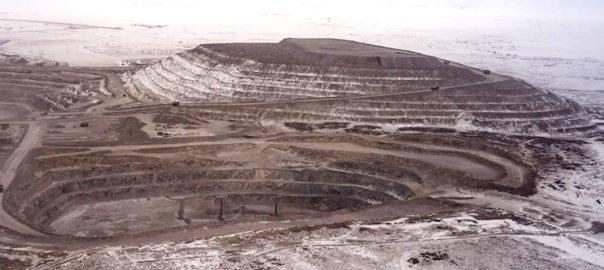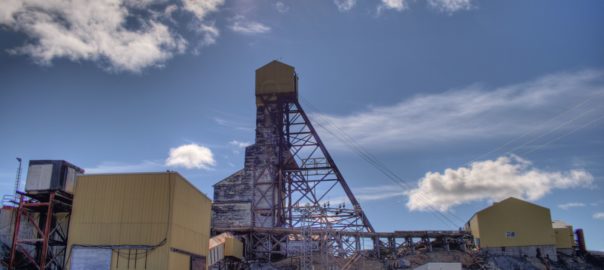Fortune Minerals and Rio Tinto have agreed on a collaboration to develop technology that will improve recovery of the critical minerals cobalt and bismuth.
Under a Memorandum of Understanding (MoU) signed between the companies, testing will be done at Rio Tinto Kennecott’s integrated copper mining and smelting operations in Utah and at Fortune’s planned Alberta Refinery.
The partnership aims to maximise the value of critical mineral supply chain investments and increase Fortune’s planned cobalt and bismuth refining operations to process co-product streams of the minerals recovered from the Kennecott smelter, Fortune said.
In 2020, the Canadian and U.S. governments signed a Joint Action Plan on Critical Mineral Collaboration to enable more North American production of the critical minerals needed in new technologies. Cobalt and bismuth are both included in this list and are used for sustainable energy resources. Fortune and Rio Tinto are pleased to establish this partnership and work together to expand North American supply chains, they said.
Robin Goad, President and CEO of Fortune Minerals, said: “Working with Rio Tinto to recover metals from their co-product streams is part of our corporate strategy to expand production of critical minerals, and we are excited to be working with one of the world’s premier mining companies on the first of these opportunities. This collaboration could provide a solution to support greater production of the metals needed for the energy transition and growing sustainable economy.”
Rio Tinto Kennecott Managing Director, Nate Foster, commented: “We are committed to find better ways to provide the materials the world needs to grow and decarbonise. We are enthusiastic about this partnership with Fortune Minerals as we continue looking at our waste streams to develop new, sustainable sources of critical minerals here in North America.”
For 120 years, Kennecott, in Utah, has been mining and processing copper and other minerals including gold, silver, molybdenum and tellurium from the rich ore body of the Bingham Canyon mine (pictured).
Fortune is developing its 100%-owned, vertically integrated NICO cobalt-gold-bismuth-copper project in Canada. This asset is comprised of a planned mine, mill and concentrator in the Northwest Territories and a related hydrometallurgical refinery in Alberta where concentrates from the mine would be processed.
Fortune and Rio Tinto are working together to assess different process methods and technology options to recover the bismuth and cobalt contained in Kennecott’s smelter waste streams. This includes assessing the effectiveness of blending Rio Tinto’s intermediate products with NICO project concentrates and conducting batch recovery tests using Fortune’s refinery flow sheets.











